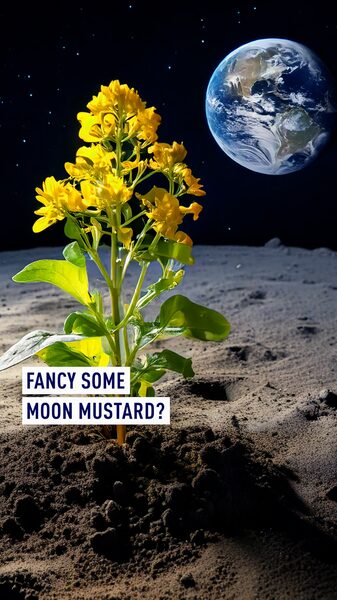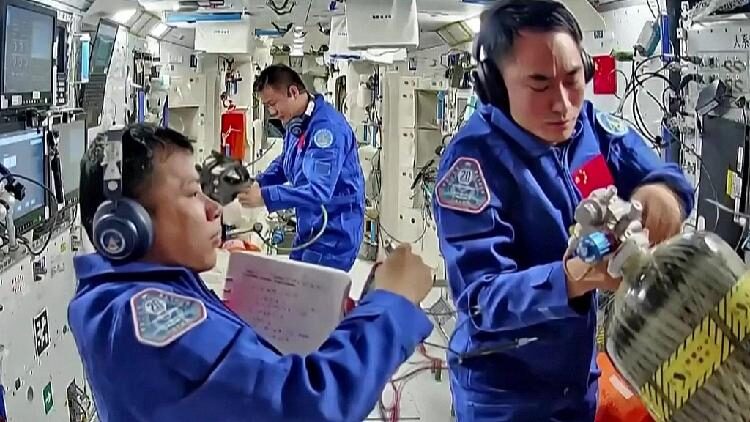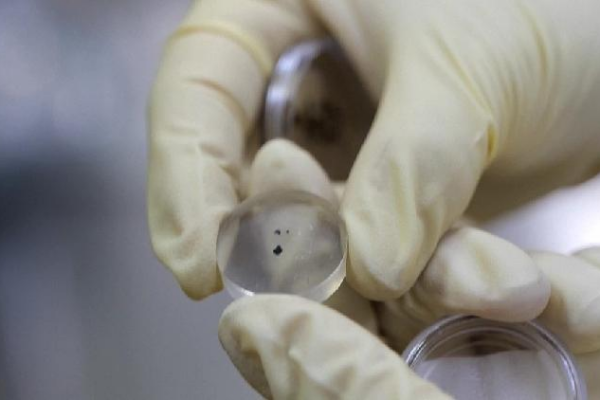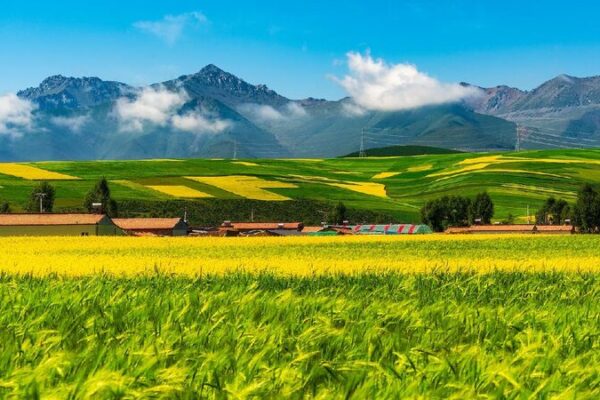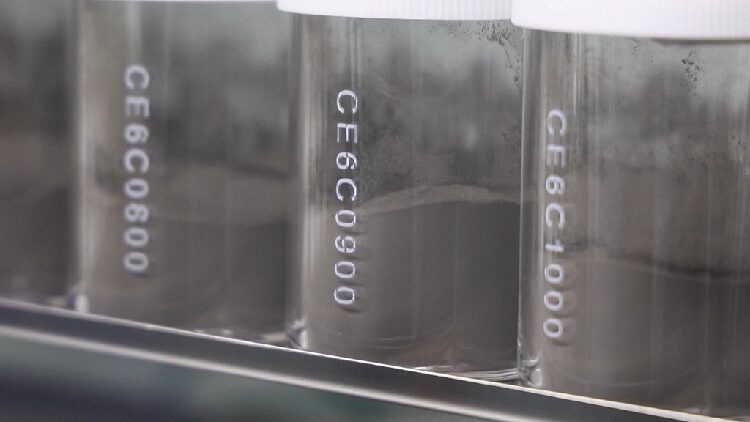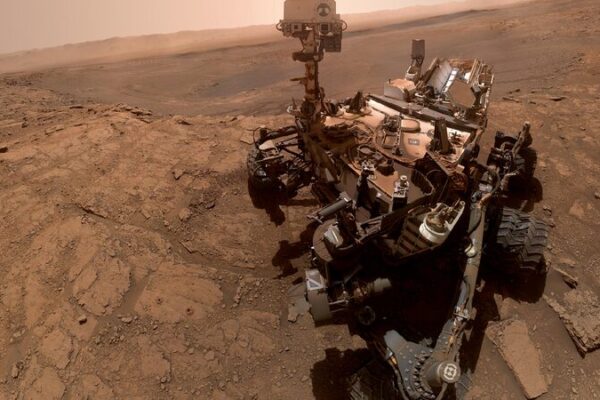Budapest, Hungary — In a groundbreaking experiment, scientists at the Hungarian University of Agriculture have successfully grown mustard plants in soil that mimics the lunar surface. This achievement brings humanity a step closer to sustainable farming on the moon.
The research team cultivated plants over six weeks using two types of simulated lunar soil: one representing the moon’s highland regions and the other mimicking the lunar mare, or “seas.” These soils lack organic compounds necessary for plant growth, presenting a significant challenge.
“Lunar soil has no organic material to feed the plants,” said György Barkó, senior researcher at the university. “We had to develop technology to support plant growth sustainably.”
Unlike approaches in other countries that rely on extensive trial and error, the Hungarian team focuses on sustainability. “Others are planting thousands of seeds in different soil samples to see what works,” Barkó explained. “Our goal is to find a sustainable way to grow plants, not just see if they can grow at all.”
To achieve this, the scientists are experimenting with bioengineered bacteria and tailored nutrients to create a viable medium for crops. They plan to expand their experiments to include lettuce, beans, and even small fruit-bearing plants, echoing humanity’s agricultural beginnings in ancient Mesopotamia.
“This is like what humans did in the Fertile Crescent thousands of years ago,” Barkó said. “Now, we’re doing it on the moon.”
Addressing the moon’s lack of water is another major focus. Transporting water from Earth is costly and impractical, so the team is exploring methods to extract water from lunar materials or recycle it. They are also investigating ways to generate electricity on the moon, which could be used to produce water from certain minerals through heating processes.
The successful growth of mustard plants is a promising sign, but the team is awaiting test results to determine if they are safe to eat. If edible, this could be a turning point for long-term lunar missions and the future of space exploration.
“Our findings could lay the groundwork for cultivating crops and supporting sustainable life beyond Earth,” Barkó noted.
As the Hungarian team continues to refine their methods, the dream of farming on the moon moves ever closer to reality.
Reference(s):
cgtn.com
